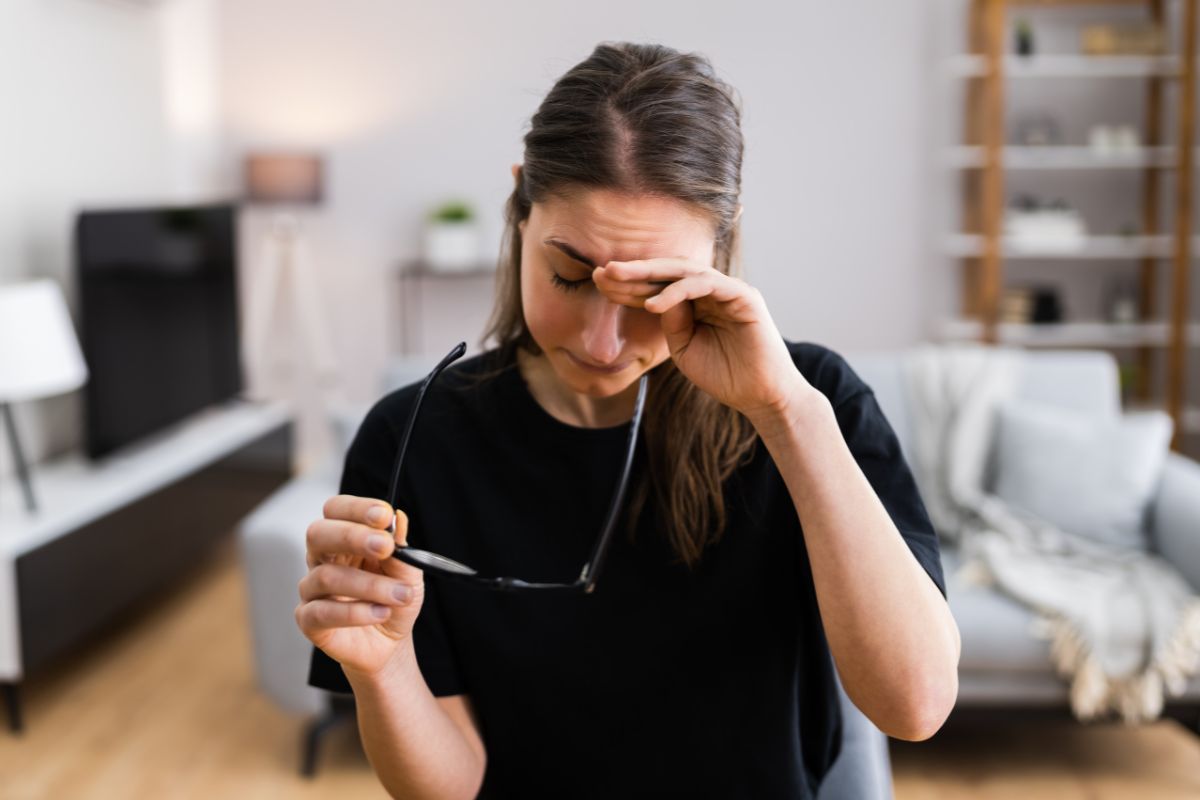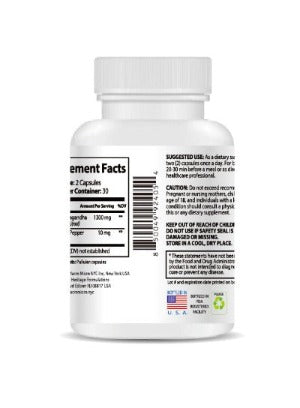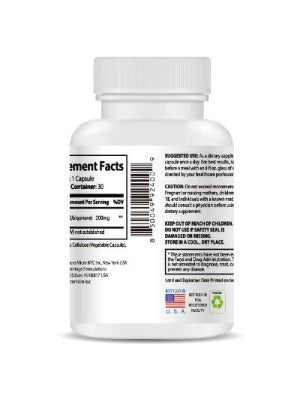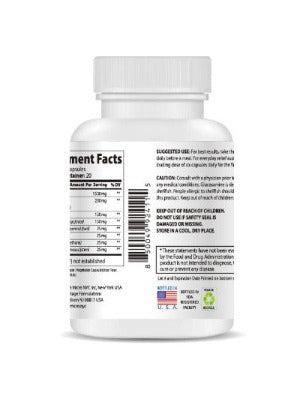Eye Redness: A Comprehensive Guide to Causes, Treatments, and Prevention in 2025
Eye redness, medically known as hyperemia, is a prevalent condition affecting individuals of all ages. Characterized by a noticeable redness in the whites of the eyes (sclera), it can stem from a variety of causes, ranging from minor irritations to more serious underlying health issues. Understanding the root causes of eye redness is crucial for effective treatment and prevention. This comprehensive guide will delve into the common culprits behind this common ailment, explore effective treatment options, including the use of soothing eye patches, and provide valuable preventative measures to maintain healthy, vibrant eyes.
Common Causes of Eye Redness: Unraveling the Mystery
The redness you see in your eyes is often a symptom of something else entirely. Let's break down the most frequent causes of eye redness, exploring both common and less frequent culprits. Understanding these diverse causes is essential for effective treatment.
- Allergies: Seasonal allergies (hay fever) are a significant contributor to eye redness. Pollen, dust mites, pet dander, and other airborne allergens trigger an immune response, resulting in itchy, watery, and red eyes. The severity can range from mild discomfort to significant inflammation. Specific allergens can be identified through allergy testing, aiding in targeted avoidance strategies and treatment plans. Over-the-counter antihistamine eye drops can provide relief from allergy-related eye redness and itching.
- Conjunctivitis (Pinkeye): This highly contagious infection of the conjunctiva (the membrane lining the inside of the eyelids) can be caused by bacteria, viruses, or allergies. Pinkeye is characterized by redness, itching, discharge, and sometimes crusting around the eyes. Bacterial conjunctivitis often requires antibiotic eye drops prescribed by a doctor, while viral conjunctivitis typically resolves on its own. Allergic conjunctivitis is managed with antihistamine eye drops or oral medications.
- Dry Eye Syndrome: Dry eyes result from insufficient tear production or poor tear quality. This leads to discomfort, irritation, redness, and a gritty sensation. Dry eyes are particularly common among individuals who spend extended periods using digital devices, live in dry climates, or take certain medications. Artificial tears, or lubricating eye drops, can alleviate dryness and reduce redness. In severe cases, prescription eye drops or other treatments may be necessary. Understanding your individual risk factors and environmental triggers is key to managing dry eye syndrome effectively.
- Eye Strain: Excessive near-work activities such as reading, using computers, or engaging in prolonged screen time often strain the eye muscles, leading to fatigue, redness, and headaches. This is often accompanied by blurry vision and discomfort. The 20-20-20 rule (every 20 minutes, look at an object 20 feet away for 20 seconds) is a simple yet effective strategy to reduce eye strain. Regular breaks and proper posture are crucial in minimizing the risk of eye strain.
- Foreign Bodies: Tiny particles like dust, sand, or even eyelashes can irritate the eye's surface, causing redness, discomfort, and a sensation of something being in the eye. Proper removal is crucial to alleviate the irritation. Avoid rubbing your eyes, as this can further irritate the eye and potentially scratch the cornea. If you cannot remove a foreign body easily, seek professional help.
- Blepharitis: This chronic inflammation of the eyelids often presents with redness, itching, burning, and crusting along the eyelid margins. It's usually triggered by bacterial infections or skin conditions like seborrheic dermatitis. Warm compresses and gentle eyelid cleansing can help manage blepharitis. In some cases, antibiotic ointments or other treatments prescribed by an ophthalmologist may be necessary.
- Uveitis: This is a more serious condition involving inflammation of the uvea, the middle layer of the eye. Uveitis can cause severe eye pain, redness, blurred vision, and light sensitivity. It requires prompt medical attention. Uveitis can be caused by various factors, including infections, autoimmune diseases, and injuries. Treatment often involves corticosteroids to reduce inflammation.
- Subconjunctival Hemorrhage: This is the rupturing of a tiny blood vessel in the conjunctiva. While alarming in appearance, it's usually harmless and resolves on its own. However, it may indicate underlying conditions in some cases, such as high blood pressure or blood clotting disorders. In most cases, no treatment is necessary, but it is advisable to consult a doctor to rule out any underlying issues.
- Contact Lens Irritation: Improper contact lens hygiene, wearing lenses for too long, or using contaminated solutions can lead to eye redness, irritation, and infection. Always follow your eye doctor's instructions for proper lens care, including cleaning, disinfecting, and replacing lenses as recommended. Avoid sleeping in contact lenses, as this significantly increases the risk of infection.
- Medications: Certain medications, particularly those used to treat high blood pressure or glaucoma, can cause eye redness as a side effect. If you experience eye redness as a side effect of medication, talk to your doctor to see if there are alternative medications available. They may be able to adjust your dosage or recommend a different medication.
Effective Treatments for Eye Redness
The appropriate treatment for eye redness depends entirely on the underlying cause. Simple home remedies might suffice for minor irritations, but serious conditions require professional medical intervention. Always consult a healthcare professional if you have concerns about the cause or severity of your eye redness.
For those experiencing eye redness, fatigue, dryness, and swelling resulting from prolonged screen time or other digital eye strain, Wise Quest Soothing Eye Patches offer a potential solution. These innovative patches leverage the power of traditional Chinese herbal medicine, effectively relieving eye fatigue, dryness, astringency, and redness. They promote healthy blood circulation, soothing discomfort and contributing to overall eye well-being. The patches are designed for comfortable, convenient use, and can be incorporated easily into your daily routine.

In addition to the use of soothing eye patches, other effective treatments include:
- Over-the-counter eye drops: Artificial tears can lubricate dry eyes, while antihistamine eye drops can relieve allergy-related symptoms.
- Prescription eye drops: For bacterial infections, antibiotic eye drops are often prescribed. Other prescription eye drops may be necessary for specific conditions like uveitis or dry eye syndrome.
- Oral medications: Depending on the cause of eye redness, oral medications like antihistamines or antibiotics may be prescribed to treat the underlying condition.
- Warm compresses: Applying warm compresses to the eyelids can help soothe blepharitis and other inflammatory conditions.
- Lid hygiene: Gentle eyelid cleansing can help remove debris and reduce inflammation in blepharitis.
When to Seek Professional Help: If your eye redness is accompanied by any of the following, seek immediate medical attention:
- Severe pain
- Significant vision changes
- Excessive discharge
- Light sensitivity (photophobia)
- Persistent redness despite home remedies
- Redness in only one eye
- Fever or other systemic symptoms
An ophthalmologist or optometrist can accurately diagnose the cause of your eye redness and recommend appropriate treatment, which may involve prescription eye drops, oral medications, or other therapies. Early intervention is often crucial in preventing complications and preserving your vision.
Preventive Measures for Healthy Eyes
While you can't always prevent eye redness, adopting proactive measures significantly reduces your risk. Consider these preventative strategies to maintain the health and vitality of your eyes:
- Maintain Good Eye Hygiene: Wash your hands frequently, especially before touching your eyes. Avoid rubbing your eyes excessively, as this can introduce bacteria or further irritate the eyes.
- Proper Contact Lens Care: Follow your eye doctor's instructions meticulously when using contact lenses. Replace lenses as recommended and use sterile solutions. Proper contact lens hygiene is essential for preventing infections and irritation.
- Limit Screen Time: Take frequent breaks during prolonged screen use. Practice the 20-20-20 rule: every 20 minutes, look at an object 20 feet away for 20 seconds. This helps reduce eye strain and fatigue.
- Artificial Tears: Use over-the-counter lubricating eye drops to alleviate dry eye symptoms, especially if you spend much time in air-conditioned environments or work on computers. Artificial tears supplement your natural tears, relieving dryness and discomfort.
- Protect Your Eyes from the Sun: Wear sunglasses with UV protection whenever you are outdoors, shielding your eyes from harmful UV rays. UV radiation can damage the eyes over time, increasing the risk of cataracts and other eye conditions.
- Manage Allergies: If you suffer from allergies, consult with an allergist to develop an effective management plan. This may involve medications, immunotherapy, or environmental adjustments. Identifying and managing your specific allergens is essential for preventing allergy-related eye problems.
- Adequate Sleep: Ensure you get enough sleep. Sleep deprivation can contribute to eye fatigue and redness.
- Hydration: Drink plenty of water throughout the day to maintain proper hydration. Dehydration can contribute to dry eyes and general eye discomfort.
- Nutrition: A balanced diet rich in vitamins and antioxidants supports overall eye health. Foods rich in lutein and zeaxanthin are particularly beneficial for eye health.
- Regular Eye Exams: Schedule regular comprehensive eye exams with your ophthalmologist or optometrist, even if you don't experience any problems. Early detection of eye conditions can greatly improve treatment outcomes.
By understanding the causes, treatments, and preventative measures for eye redness, you can take control of your eye health and maintain clear, comfortable vision. Remember, early detection and appropriate management are vital for preventing complications and preserving your eye health for years to come. Prioritizing your eye health is an investment in your overall well-being.









